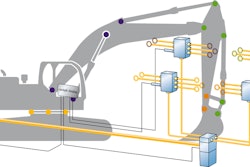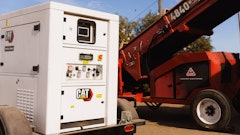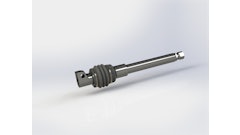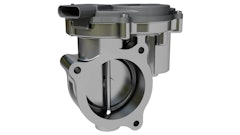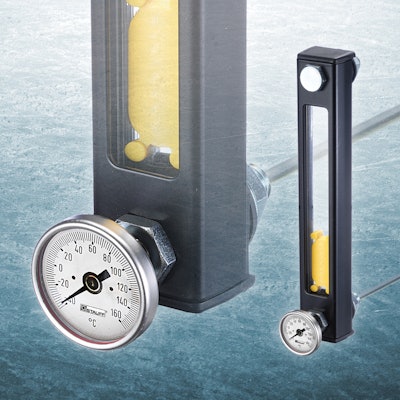
In order to ensure that hydraulically operated machinery and equipment remains leak-free and can operate without malfunctions even under extreme conditions, Stauff offers special sealing materials upon request that can be used in static applications down to –50 C for most of its products. The components of the Werdohl-based manufacturer of fluid technology products that are so equipped are used, for example, on snowcats and other mobile equipment in polar regions and in the mountains as well as on floor conveyors in industrial cold stores.
Products from the Stauff range that are available with low-temperature seals include visual and electrical level gauges in the SNA, SNK and SNKK Series, which are used to determine the fluid level of hydraulic reservoirs at a single glance. Test couplings with port connection from the Stauff Test product family, as well as clogging indicators of type HI, are also suitable for use in extreme conditions. The former provide leak-free monitoring of the operating pressure in hydraulic systems, while the latter – functioning as accessories for hydraulic filters – are able to identify the condition of filter elements based on the differential pressure between the contaminated and the clean side.
Various low-temperature materials are available depending on the temperature range during deployment, the media used and the type of application (static or dynamic loading of the seals). When selecting a suitable sealing material and evaluating the sealing behaviour, the temperature retraction value TR10 according to ASTM D 1329 and ISO 2921 is the most meaningful benchmark from the perspective of the users. The TR10 value describes the resilience of elastomers and provides a specific temperature value at which a sample that is stretched by 100% has re-deformed by 10% after being frozen. A TR10 value of –40 C thus indicates that the specimen still has 90% of its initial stretching at this temperature.
Put into practice, this means that even seals that are deployed dynamically and are exposed to pressure at extreme temperatures provide reliable and secure sealing up to the TR10 value. For static applications, O-rings have been shown to fulfil their purpose at well below this temperature value.
In addition to the determination of the TR10 value, which is usually defined using a standard specimen, Stauff uses additional practice-oriented test routines: At the in-house Technology Centre in Werdohl (Germany), the company can test components and entire assemblies and their functioning over long terms and under extreme temperature loads. If required, these can also be well below –50 C.




